I truly believe that city walks are an amazing way to absorb culture and history during an international trip. City walks to keep you fit and healthy and allow you to stumble upon unexpected delights. I love to explore the most walkable cities in Europe including Tallinn, Amsterdam and Oxford. If you are looking for some travel inspiration, here are some ideas of exciting walkable cities that I visited…
The Best Walking Cities in Europe
My favourite most Walkable cities in Europe are:
- Tallin (Estonia)
- Girona (Spain)
- Istanbul (Turkey)
- Plovdiv (Bulgaria)
- York (England)
- Edinburgh (Scotland)
- Riga (Latvia)
- Hamburg (Germany)
- Amsterdam (Netherlands)
- Oxford (England)
- Florence (Italy)
- Porto (Portugal)
- Lille (France)
- Prague (Czech Republic)
- Dubrovnik (Croatia)
Tallinn (Estonia)
Tallinn is one of Europe’s safest cities, with one of the best-preserved Old Towns on the continent, which you should not miss. With delicately adorned houses painted in a variety of bright colours, wooden kiosks serving fragrant mulled wine, and the gorgeous Old Town walls with orange roofed guard towers that surround the city, walking through Estonia’s capital feels like stepping into a mediaeval fairy-tale. Tallinn is a safe city that is also dynamic and breathtakingly beautiful. The nightlife in this city is one of the best in Europe. One of the main access points into the Old Town is the renowned Viru Gate. Its two gorgeous, crooked stone towers are one of Tallinn’s most popular tourist attractions and one of the most photographed sights you’ll notice while walking around the city. The gate’s two towers date from the 14th century and are flanked by a section of the city wall that dates from the 16th century. Tallin is a wonderful city to visit at any time of year and is one of the most economical. For further reading check out this article on the best things to do in Tallinn.
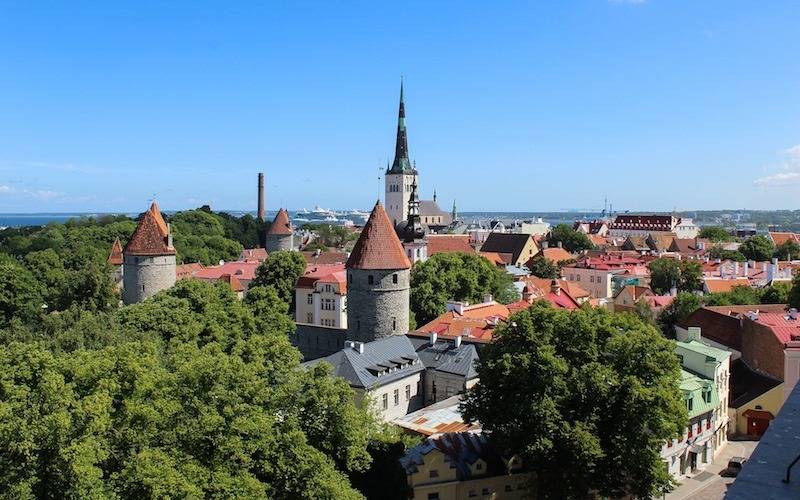
Girona (Spain)
Girona is a small city in Catalonia’s northeast, around two hours by car or rail north of Barcelona. It’s a beautiful city smack in the heart of the confluence of four rivers, and it’s often ignored by tourists. The city is still one of Spain’s wealthiest, with a plethora of historical and cultural attractions that can easily keep visitors busy for days. Begin by taking a stroll around Girona’s historic walls for a spectacular perspective of the city or along the Onyar River. The Eiffel Bridge and the Pont de Ferro are two of the many bridges that cross the Onyar River; the Eiffel Bridge and the Pont de Ferro have the best views. Then climb to the top of the city to see the majestic Cathedral. It’s a 90-step hike to the main entrance of the Cathedral, which is perched atop a hill, but the views from the top are well worth the effort.
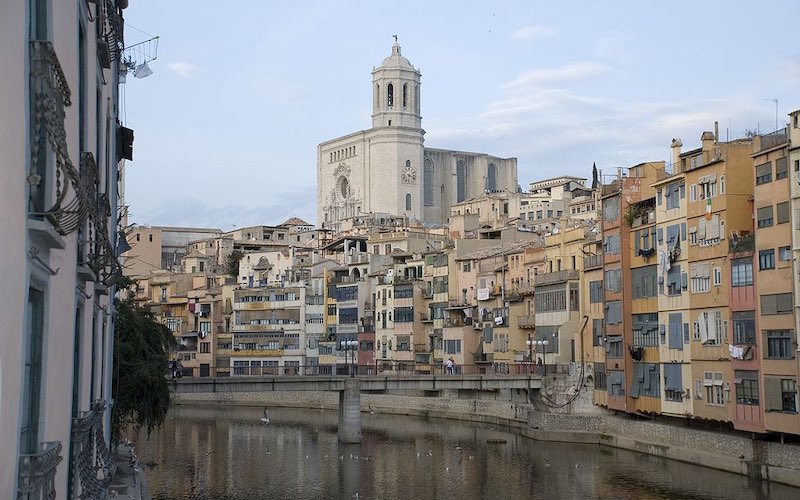
If you’re interested, you can do a Girona day trip from Barcelona quite easily by train.
Istanbul (Turkey)
Istanbul spans the continents of Europe and Asia, making the journey between the city’s metropolitan city centre and historic area a breeze. Make a point of visiting the Grand Bazaar for a taste of delectable spices, jewellery, and artwork. The Grand Bazaar is a bustling complex and one of Istanbul’s most famous sights. It has a significant edge in terms of beauty and attraction.

Istanbul’s central square is as impressive as any other famous cities. The neighbourhood is very easy for moving around the city, as it is surrounded by a metro station, a bus stop, a tram line, and taxi stands. Taskim Square contains a little bit of everything and is well worth a visit if you want to see how people interact.
Plovdiv (Bulgaria)
Plovdiv is a city where millennial history, culture, and heritage coexist. This city is enthralling and vibrant, ancient, and everlasting, creative, and modern, cosmopolitan and romantic. Walking through the streets of Plovdiv is the greatest way to genuinely get to know the city. You might decide to take a stroll around the Kapana Creative District’s restored streets before taking in the light and music extravaganza of the Tsar Simeon’s Garden’s Singing Fountains. Plovdiv provides breath-taking panoramic views, which can be seen from one of the city’s six hills. Many of the Revival houses in Plovdiv Old Town have been converted into museums and reconstructed to seem as they did decades ago.
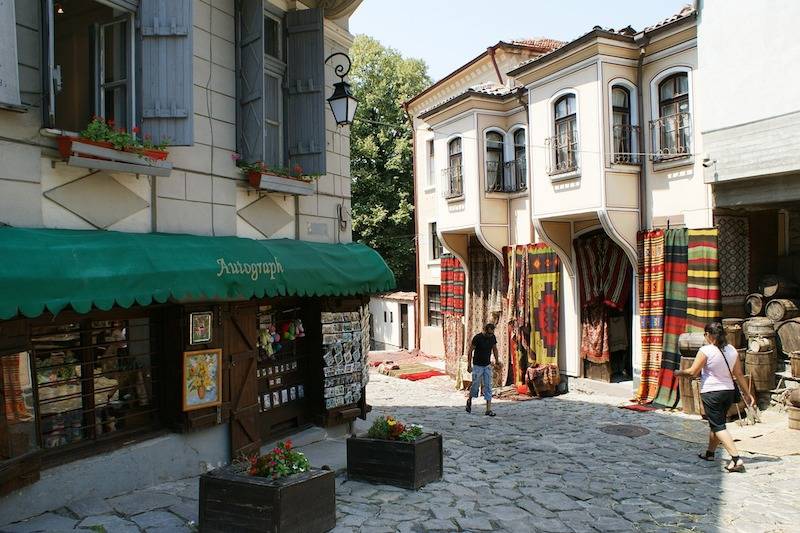
York (England)
York combines a fascinating tour of ancient landmarks with a laid-back pedestrian atmosphere, all encircled by its strong mediaeval wall. The York Minster, a huge 13th-century masterpiece, is a popular sight people like to see. York Minster is Northern Europe’s second largest Gothic cathedral, with about one hundred and thirty colourful stained-glass windows adorning its spectacular cross-shaped (or cruciform) floor plan. Linger in one of York’s fine expensive bistros or exquisite teahouses to get away from the crowds. Alternatively, take a two-mile walk along the Ouse River, across the beautiful Millennium Bridge, and returning to town. The bridge is beautifully built, with a reclining-lounge-chair fence that is ideal for sitting, people-watching, and reflecting on the fascinating history of this fascinating city.
Edinburgh (Scotland)
Edinburgh is one of the most walkable cities in the world, divided into two different sections. It is one of Europe’s most attractive towns, distinguished by its slate grey stones and dominated by a castle built on the ruins of a once-active volcano. And if you don’t mind walking up some hills, the city is fun to roam around because there are so many magnificent buildings and quirky little jewels to discover.

Make a point of visiting Edinburgh Castle for the best views of the city. Then stroll down the Royal Mile, taking in the sights and sounds of Scotland’s capital city. St Giles’ Cathedral, with its spectacular Crown of Thorns spire, will be on your right shortly. The towering Tron Kirk can be seen further on. For nearly 400 years, this 17th century church has served as the hub of Edinburgh’s Old Town, and it now functions as a visitor information centre You can either descend northwards into the Georgian New Town or head south and explore the old city streets, such as Candlemaker’s Row and its statue to Greyfriars Bobby.
Riga (Latvia)
Riga, Latvia’s capital, is a busy town brimming with beautiful Art Nouveau buildings and an unmistakable energy. Most major Baltic cities, as well as cities such as Warsaw and St Petersburg, have frequent bus links to Riga. A daily ferry service to Stockholm, Sweden is also available. There is an extensive bus and tram network in the city that will transport you anywhere you want to go quickly and economically. The centre and old town of Riga, on the other hand, are quite walkable, and it is best to go around on foot. The most popular district of Riga is the Old Town, where historical landmarks like the Gunpowder Tower, the House of the Blackheads, and the Riga Castle entice visitors with their spectacular architecture and historical significance. The Riga Central Market is also a great place to go browsing, especially if you want to learn more about Latvian produce. This is the Baltics’ largest market of its kind.
Hamburg (Germany)
Hamburg is Europe’s third largest port and a true harbour city. It’s a popular tourist destination for both international and local visitors, with plenty of intriguing sights and things to do. It has two UNESCO World Heritage Sites: Speicherstadt and Kontorhausviertel. Hamburg has around 2500 bridges across its many rivers and canals, making it Europe’s city with the most bridges. The harbour cruises are one of the most popular things to do in Hamburg. These tours are offered by a variety of companies, all of which depart from the Landing Bridges. Obviously, we had to conduct one of our own, taking a tour of Hamburg’s famous and spectacular harbour. You can get up close and personal with the city’s newest attraction, the Elbe Philharmonic Hall, which makes for the perfect photo opportunity!
Amsterdam (Netherlands)
Amsterdam is not only a beautiful city for canal sailing and bicycling, but it is also relatively walkable. Most the city’s major attractions are within walking distance of the city centre, and the city’s public transit system is outstanding. To avoid being hit by a bike, don’t walk in the bike lanes. Bikes have the right of way. Don’t miss the Van Gough Museum, Anne Franks house and a canal cruise.
The Jordaan, arguably Amsterdam’s most gorgeous area, is ideal for a stroll because to its peaceful lanes. There are boutique boutiques, gourmet restaurants, and classic Dutch cafes on every corner, from the scenic Brouwersgracht (above) to the Negen Straatjes (nine short streets).
Westerpark, named after the neighborhood’s largest park, is one of Amsterdam’s greenest areas. Westerpark boasts an exceptional concentration of Amsterdamse School buildings, in addition to its wonderful recreation grounds. Other attractions in Westerpark include the Westergasfabriek, a former gas plant that has been transformed into a massive, multifunctional cultural centre, and De Marktkantine, which offers visitors a taste of Amsterdam’s thriving club scene.
Oxford (England)
Take time out of your London excursion to explore Oxford-shire, a university town. The quaint, historic city is one of the most walkable cities in Europe. Oxford is home to England’s oldest university, which dates to the 11th century, as well as the country’s oldest public museum, The Ashmolean. The streets of Oxford are lined with intriguing old structures such as ancient cathedrals perched on corners, pubs where people gather after a long day’s work to unwind and catch up on the latest news, and restaurants where they may eat. Don’t miss a visit to the University of Oxford, which has new wings but has kept its old ambiance.
Florence (Italy)
One of my favourite of the most walkable cities in Europe is Florence in Italy. Living in Florence means being surrounded by beauty daily. This city is a true open-air museum, from the church facades to the historically immersed lanes, from the poetic riverbanks to the most secluded corners. And the best part is that it is completely walkable.
Walk down to the Arno River from Piazzale Michelangelo to reach the San Niccol neighbourhood. This is one of Florence’s coolest neighbourhoods, with a lot of people frequenting the pubs and clubs. The Bardini Garden, less well-known and smaller than Boboli, is in this neighbourhood and is equally beautiful. The garden, which is a fantastic site to enjoy a nice time in the city, is home to a variety of flowers and trees, including a large section of magnificent wisteria that blooms and colours everything every spring.
Porto (Portugal)
There are several attractive and walkable cities in Portugal. Porto is one of these cities, with its unique mix of buildings, balconies, and streets. Porto is most renowned for its waterfront views, but it is also known for Port wine, which is another claim to fame for this Portuguese city. Furthermore, because the city centre is tiny, you will be able to see everything the city has to offer during your stay. Several times, Porto has been crowned “Europe’s Best Tourist Destination.” From the city’s hilltops and roofs, there are numerous stunning views of the Douro River. Porto is a thriving business hub with stakes in the furniture, fashion, technology, and tourism. Check out this article on how to spend 3 days in Porto.
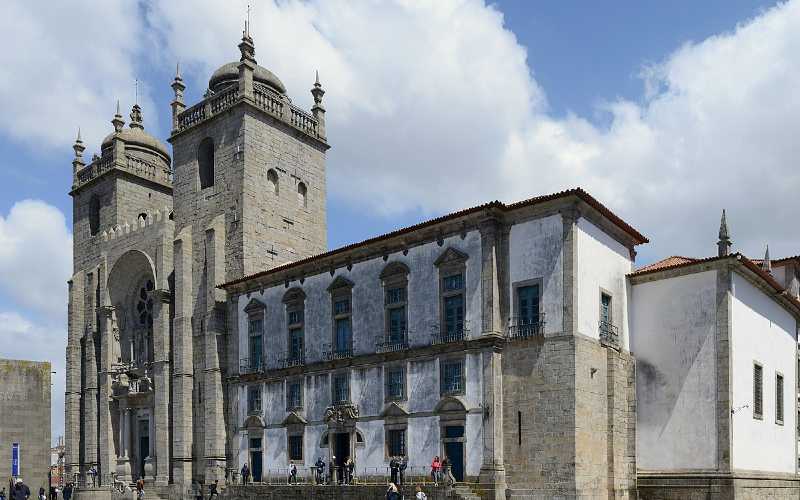
Lille (France)
Lille’s central district is compact, and you can get around on foot. Lille is a prominent city in northern France known for its historical centre, as well as being an important cultural and commercial hub. The top things to do in Lille mentioned below are just a handful of the city’s must-see sights. Lille has a lot to offer visitors, from historical edifices to hearty dishes to the cheery nature of its inhabitants. The Grande Braderie is a must-see if you’re in Lille in early September. This massive flea market is the city’s largest yearly event and an absolute must-see.
This vibrant square, which is bordered with a mix of old and modern buildings, is one of the city’s most popular gathering locations. The Grand Place is about 10,000 square metres in size and contains one of the city’s most famous landmarks, a fountain with the Goddess’s Column. On clear days, the outdoor terraces of the square’s bars and restaurants provide nice people-watching opportunities while sipping a locally produced beer.
Prague (Czech Republic)
Without a doubt, the Czech capital is definitely one of the most walkable cities in Europe. Most of the important landmarks are within 30 minutes of the Old Town Square, which has Romanesque, Baroque, and Gothic style buildings containing bistros and gelato kiosks. Begin your journey at the Astronomical Clock Tower, the world’s oldest working astronomical clock. It’s an excellent area to stop for a pit stop because there are various restaurants right in front of the tower. Continue across the 14th-century Charles Bridge, which is flanked with 30 Baroque-style statues and bustling with street sellers and musicians. Because Prague’s cobblestone sidewalks are hundredsof years old, with large spaces between stones, flat, well-padded shoes are required.
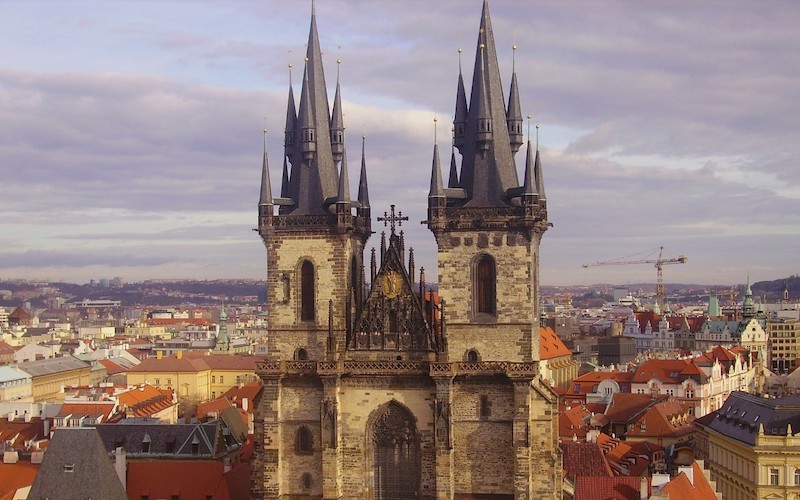
Dubrovnik (Croatia)
Dubrovnik, located on the Adriatic Sea, is arguably one of the most beautiful cities on this list. This small hamlet constructed right on the crystal blue lake will make you feel like you’ve stepped into a scene from a movie. Start your day with a swim in the Mediterranean at Banje Beach. This is the nearest beach to Dubrovnik’s Old Town, and it offers a free part where you may go for a swim while admiring the strongholds ahead. Cafes and Gelato shops line Frana Supila, immediately above it, where you may grab a bite to eat before heading to the Dubrovnik cable car’s base station, which is about 500 metres away.
Further Reading on the Most Walkable cities in Europe
Are you exploring any of these most Walkable cities in Europe? You might find these articles helpful…
- Walking the York City Walls – this is a fantastic way to get to see the beautiful city of York with views of the Minster and the River Ouse.
- Prague walking tour – I went on a Prague walking tour with Fruit hostels and here’s what we saw in this beautiful city in just a few hours.
If you enjoyed this article on the most Walkable cities in Europe and have any ideas for me to add to the list, please drop me a comment below. I’d love other your ideas!


Pingback: Flixbus Review Europe - My Honest Opinion